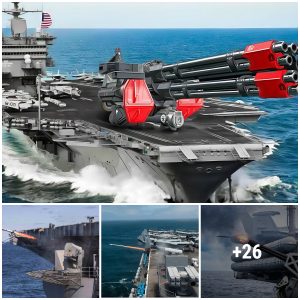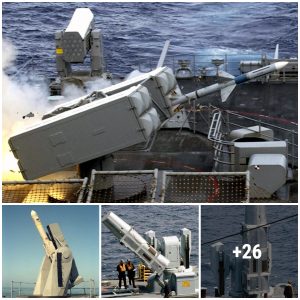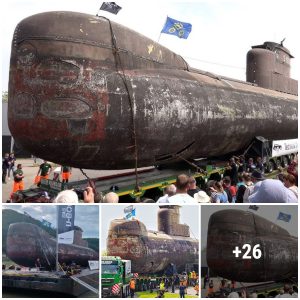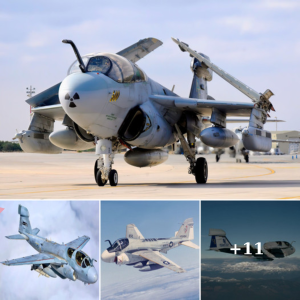India has two main multi-role fighters for air superiority – the French Dassault Rafale and the Russian but manufactured under Indian license Su-30MKI. New Delhi currently operates nearly 270 Su-30MKI fighters and 23 Dassault Rafale fighters.
The two Indian fighters differ in their production ideology and portray Eastern and Western engineering thought in aeronautical engineering. The question arises – which of the two is better in direct battle or the so-called dogfight. Let’s look at the main advantages and disadvantages of the two Indian fighters.

At first, glance, if we consider the official dimensions of the two fighters, Dassault Rafale is smaller in length, width, and height compared to the Su-30MKI. The same applies to the total weight of the two fighters, where the difference is almost twice, i.e. 10,100 kg weighs the French plane, 18,400 kg weighs the Russian. Both fighters have two engines, but the power provided by the two Russian engines of 123 kN suggests that the Su-30MKI will have an advantage.
However, this is not the case. Both fighters fly at the same speed – Mach 2, but the French have an advantage in terms of traction, even a minimum – 1.13 for Dassault Rafale against 1.05 for the Russian representative. But the maneuverability rating is again better for the Russian fighter. This is no surprise, as the Russians are leaders in making highly maneuverable fighters.
What do these characteristics tell us so far? Although the Russian fighter is more maneuverable (on paper) than the French aircraft, at the same flying speed, the French Dassault Rafale is lighter and the advantage in thrust makes it more agile. The French fighter needs less fuel to achieve what the Russian would do. I.e. the Su-30MKI is powerful, but the French Dassault Rafale is agile and “stinging.”
YOU MAY ALSO LIKE: Top 5 fastest active fighter jets in the world
According to Aviatia.net, both fighters have very similar avionics, weapons and technologies in terms of characteristics and capabilities, but the French air machine leads with little on all three indicators.
This is not the case with one of the most important components of the two fighters – the mid-range air-to-air missile. The French equipped their Dassault Rafale with an MBDA Meteor, while the Russians used an R77 Vympel. The Russian missile has an advantage over the French in the two most important indicators – range and speed of flight. Ie R77 Vympel has an increased range of 60 km more than the French missile, and the speed is several units faster. Let’s not forget one of the main summarizing indicators of this type of missile – The Beyond Visual Range rating, which is in favor of the Russian fighter.
Although the French fighter is more expensive than the Russian fighter, the value of the two aircraft would not be correct to be part of this “air battle”, as it is assumed that the money has already been given, the fighters are in the air and fighting one against another.
It remains to report another indicator – the pilots. BulgarianMilitary.com found an old interview of five French pilots in 2011 flying from France to India with their Dassault Rafale, refueling three times in the air. According to them, the Russian Su-30MKI is a powerful and reliable fighter, but the French can strike quickly at short distances.
Isn’t that the answer to the question? Depending on the air battle, can India use Dassault Rafale for a surprising and fast dive into a short-distance battle, and the Russian Su-30MKI with their heavier weight and powerful engines to participate in pre-planned air operations? “We can hit swiftly when aircraft are close up. Weaponization is lethal. Not too many aircraft can do the dogfight as well as the Rafale,” says one of the French pilots.





